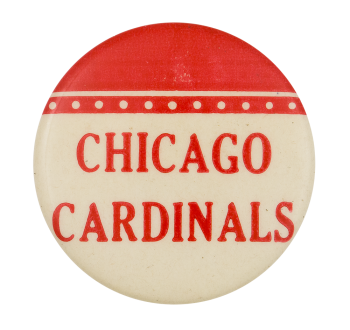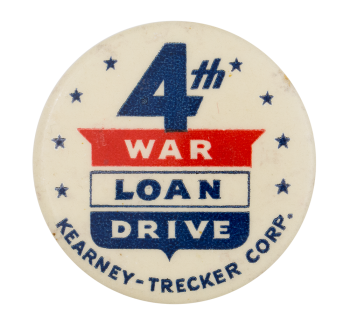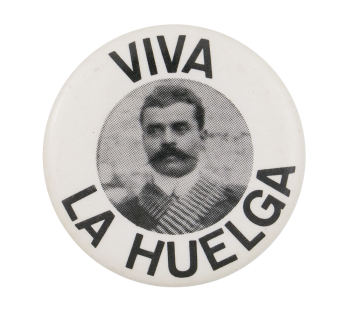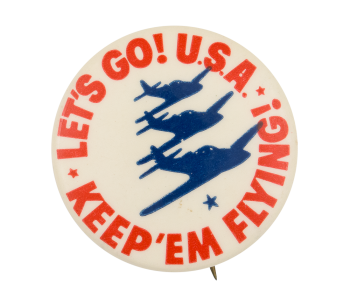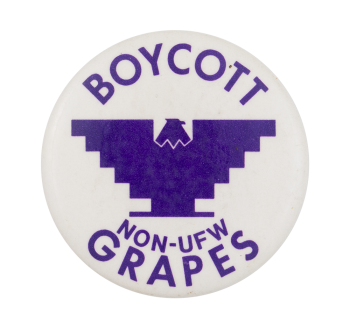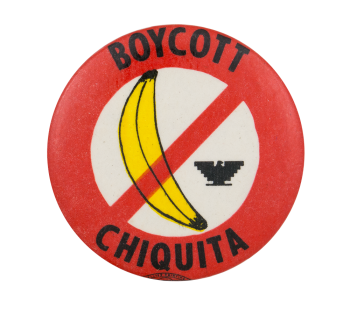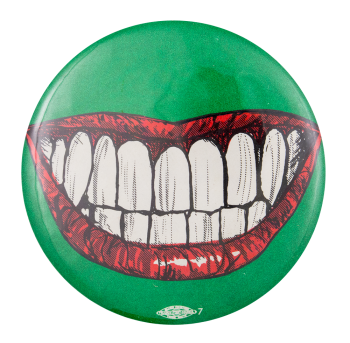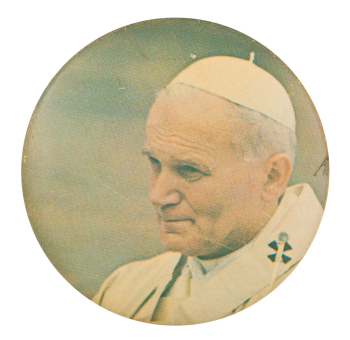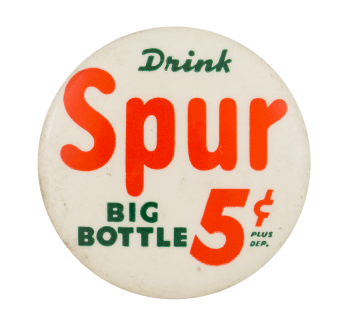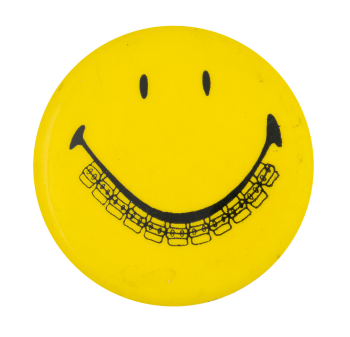Chicago Cardinals
| Category | |
|---|---|
| Additional Images | |
| Sub Categories | |
| Text on Button | CHICAGO CARDINALS |
| Image Description | Red upper third with red band with white dots, red text on white background on lower two-thirds. |
| Back Style | |
| The Shape | |
| The Size | |
| Additional Information | The Chicago Cardinals were a professional football team that played in Chicago, Illinois from 1920 to 1959, before first becoming the St. Louis Cardinals from 1960 to 1987, and then moving to their now-current home in the Phoenix area, as the Arizona Cardinals. In 1920, the Racine Cardinals joined the American Professional Football Association, which became the National Football League in 1922 and changed the name to the Chicago Cardinals. The Cardinals and the Chicago Bears (originally the Decatur Staleys) are the only charter members of the NFL still in existence. The Cardinals were one of the few teams with African-American players in the 1920's, signing the first two black lineman in the NFL, Duke Slater and Harold Bradley, Sr. However, the racism in professional baseball seeped into professional football, and in both the 1927 and 1929 seasons, Slater was the only African-American player in the league. In 1929, Slater set a record with six rushing touchdowns. The Chicago Cardinals won only one championship, and it was highly controversial. The championship was determined by winning percentage, and the second-place Cardinals were offered the award after the league stripped the title from the Pottsville Maroons, for playing an unauthorized exhibition game. Cardinals owner Chris O'Brien refused the championship title, arguing that his team did not deserve to take it over a team who had defeated them fairly. It was not until Cardinals' ownership changed hands to the Bidwell family in 1933 that the franchise claimed the 1925 title. The Chicago Cardinals are also the only team in American professional football history to score exactly four points in one game, losing to the Racine Legion by a score of 10-4 in 1923. |
| Catalog ID | CH0234 |

